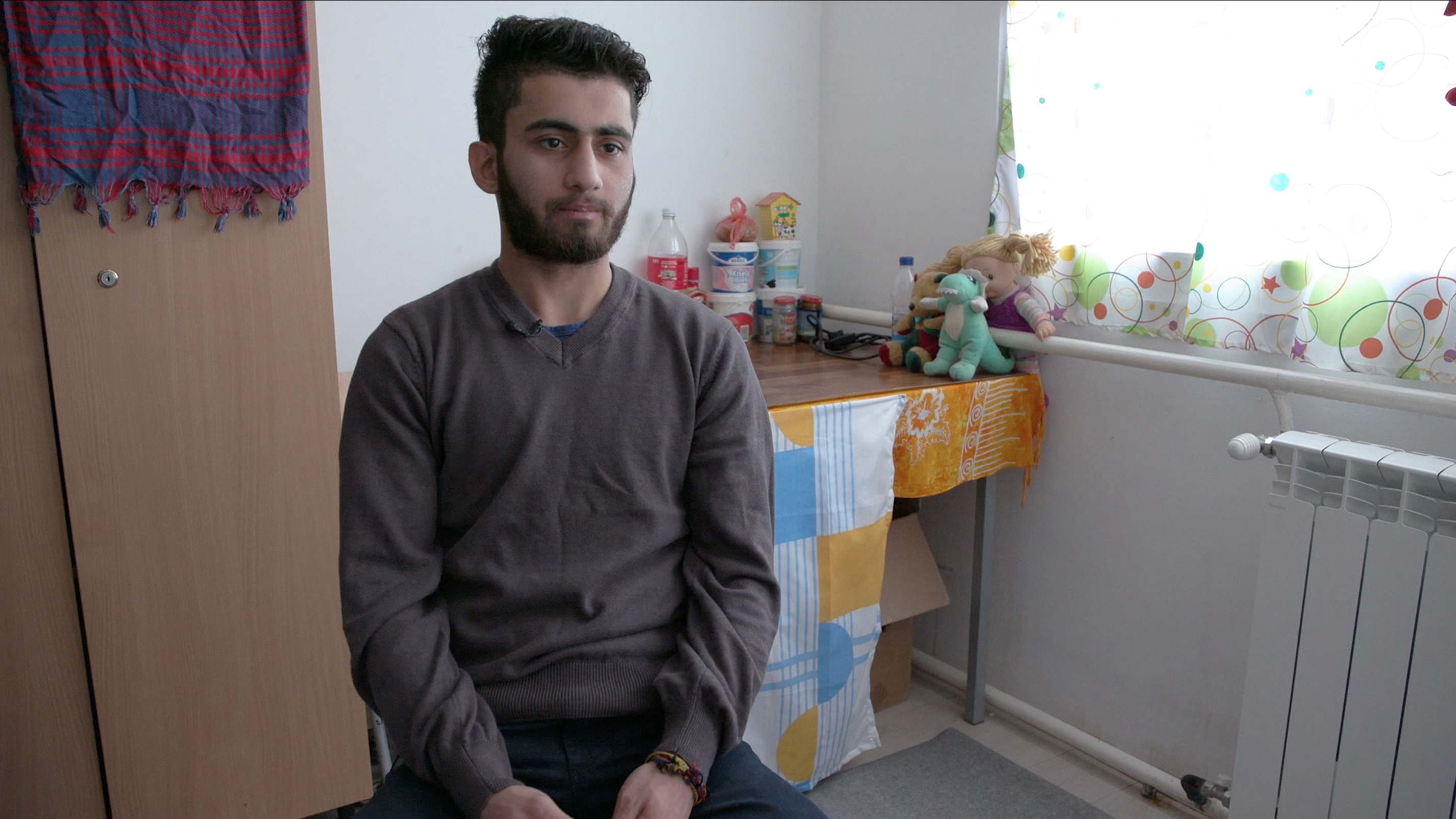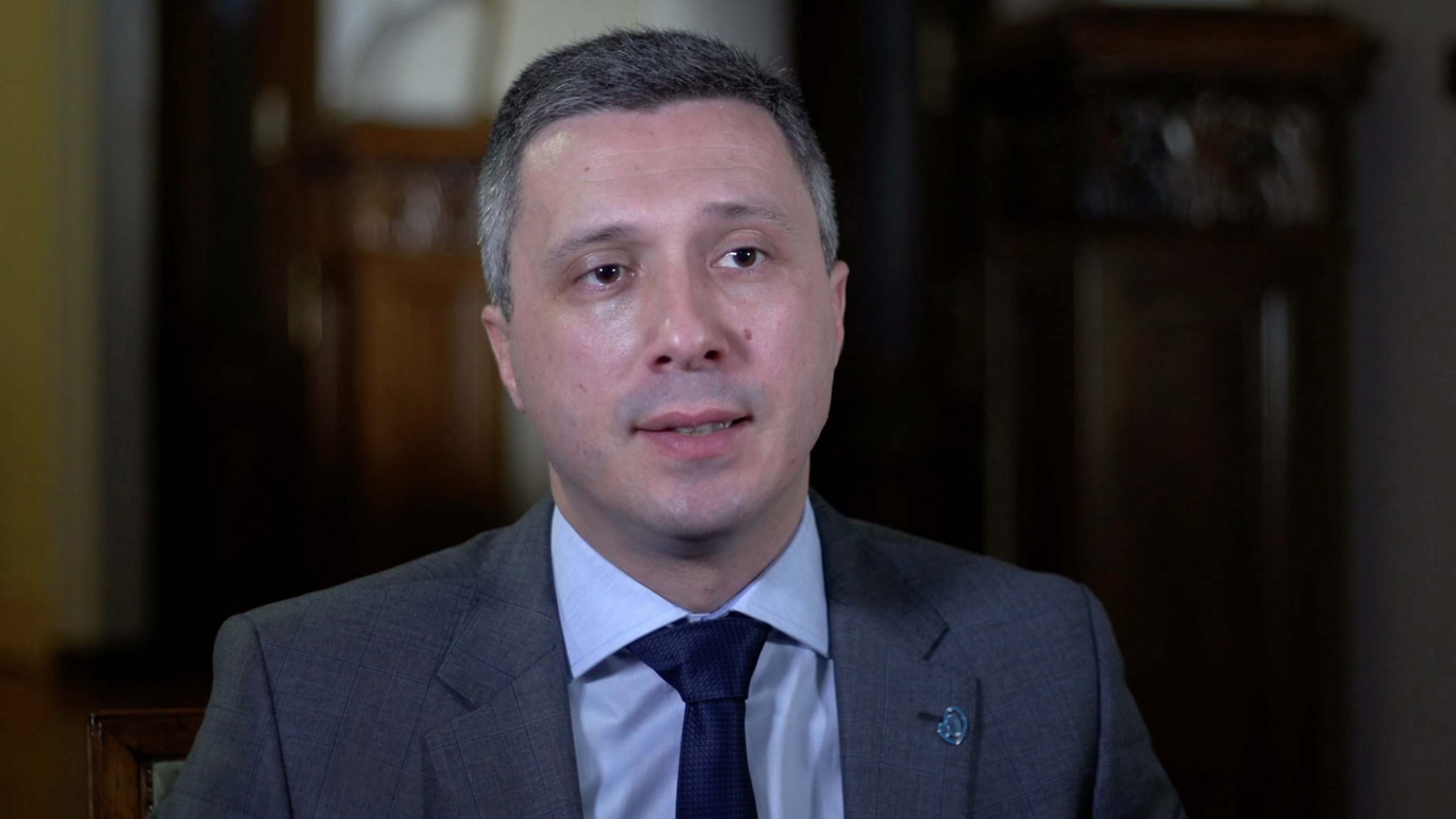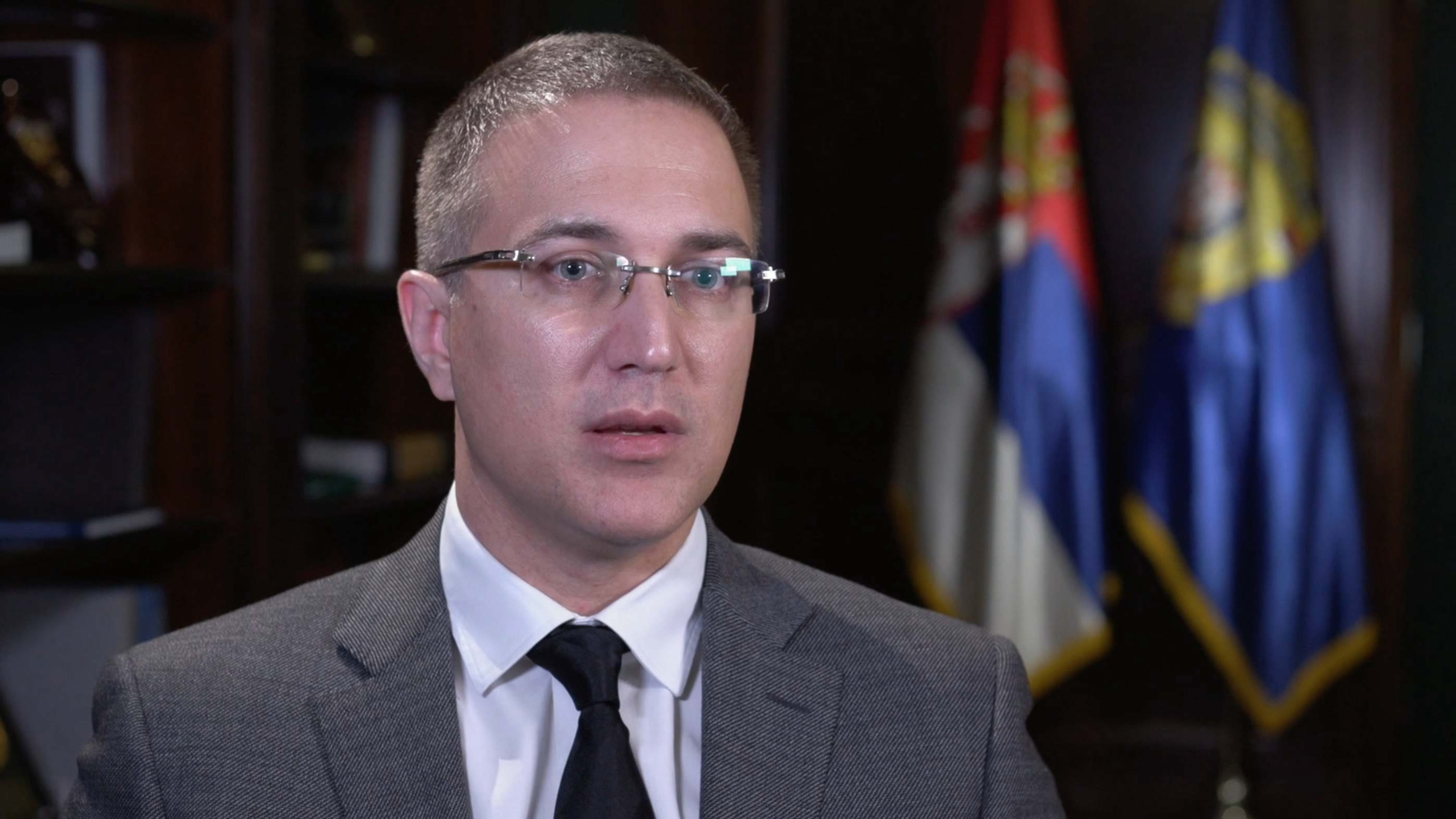
Politics
22:20, 21-Jan-2018
Migrants stranded in Serbia as Western Europe tightens border controls
By Aljosa Milenkovic

Less than 10 kilometers from the Serbian capital city center, a refugee camp in the Krnjaca neighborhood has been hosting hundreds of people for years now.
The refugees all come from non-European countries, seeking a better life and future.
Zakiullah Shahzad, or Zak, 17, from Kabul in Afghanistan, is one of them. More than two years ago, together with his sister Lida, he left Afghanistan, hoping to settle in Austria.
But both of them have been stuck in Belgrade suburbs for the last 14 months, after traveling through several countries and paying smugglers thousands of US dollars.

Zakiullah Shahzad /CGTN Photo
Zakiullah Shahzad /CGTN Photo
The chances of them reaching Austria are slim at best, so Zak decided to settle down in Serbia instead.
The reason why he can't continue his journey westwards is a 155-kilometer-long double fence wall along the Hungarian border with Serbia. It was erected couple of years ago by the current Hungarian government to stem the illegal flow of migrants and to follow the Visegrad Four "zero migrants" policy.
Hungary, Poland, the Czech Republic and Slovakia, all members of the Visegrad Four are defying the EU quotas on migrants that the European Commission tried to impose on all of the EU members in order to equally share migrants burden among all the member states. As a result, thousands of those trying to reach Western Europe were stuck in Serbia, with little possibility of leaving.

Mural in front of the Serbian government building in Belgrade reads Republika Serbia. /CGTN Photo
Mural in front of the Serbian government building in Belgrade reads Republika Serbia. /CGTN Photo
After five unsuccessful attempts to enter Croatia, Zak decided to stay in Serbia and try to bring the rest of his family here.
"It is better than the other countries. I've decided to live here. It's a good country, good government, good rules and good people here. So, I decided to live here. Look, I have everything here. Got room, got people, got migrants and it's good for me," he said.
Zak is one of the 618,000 migrants who have requested asylum protection in Serbia since 2015, as they cross the country to head west. But most of them have already moved on to other EU countries, and only 4,000 of the applicants are currently in Serbia. They are located in 18 camps across Serbia. Both the government and the opposition are saying they are welcome guests, but it looks like nobody wants their stay to be permanent, with opposition more vocally raising their concerns.

Leader of "Dveri" movement and Serbian MP Bosko Obradovic /CGTN Photo
Leader of "Dveri" movement and Serbian MP Bosko Obradovic /CGTN Photo
Because migrants and refugees applied for asylum here in Serbia, the opposition claims there's a possibility of hundreds of thousands of them returning, if the EU decides to expel them, as leader of "Dveri" movement and Serbian MP Bosko Obradovic claims:
"I think that credible doubts exist – that in one moment in time, Serbia may serve to the EU as one big center for asylum seekers. We truly are in a bad situation – with the constant blackmails from Brussels that we need to do one thing or another in order to proceed with our EU integration process. One of it is the idea that 'excess' migrants whom the EU doesn't want to accept, should permanently settle here in Serbia."

Serbian Interior Minister Nebojsa Stefanovic /CGTN Photo
Serbian Interior Minister Nebojsa Stefanovic /CGTN Photo
The Serbian government on the other hand denies claims of that situation. But, according to Interior Minister Nebojsa Stefanovic, Serbia is ready to accept migrants as per eventual EU quotas, even though it is not an EU member.
"If the EU decides that the migrants have to be distributed according to EU quotas, Serbia is of course ready to participate in that. We are not just ready to participate in the future – we are participating in it right now. We already have 4,000 migrants on our territory and we are providing them with all the humane treatment which one country can deliver for migrants and refugees."
Back in the Krnjaca camp, children are playing in the day care. Some 120 of them from this camp alone are attending local schools, learning Serbian language and already beginning their integration process.
7419km

SITEMAP
Copyright © 2018 CGTN. Beijing ICP prepared NO.16065310-3
Copyright © 2018 CGTN. Beijing ICP prepared NO.16065310-3